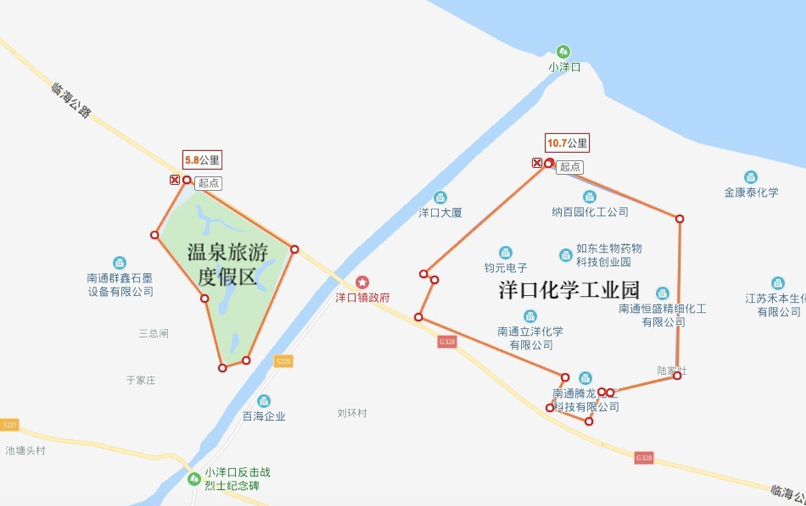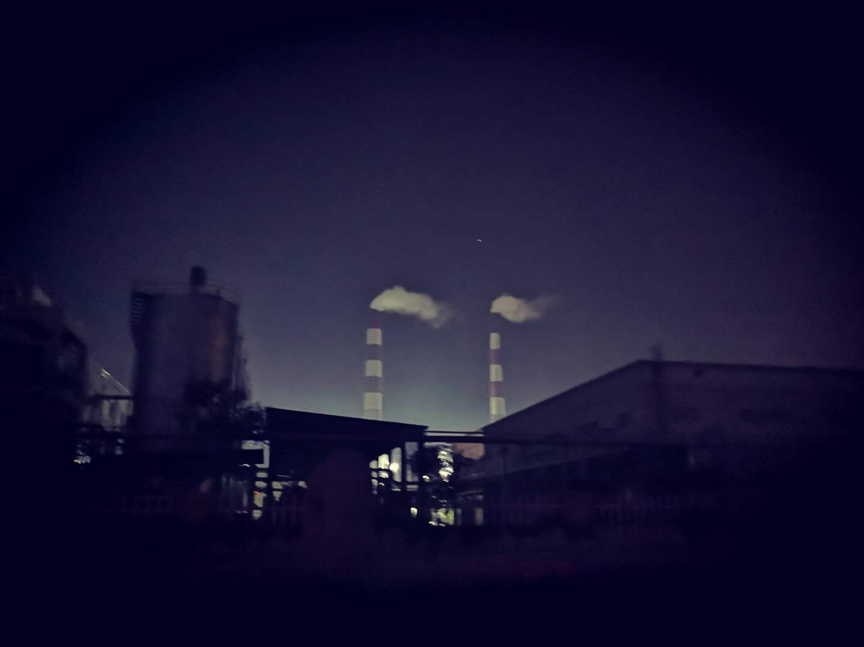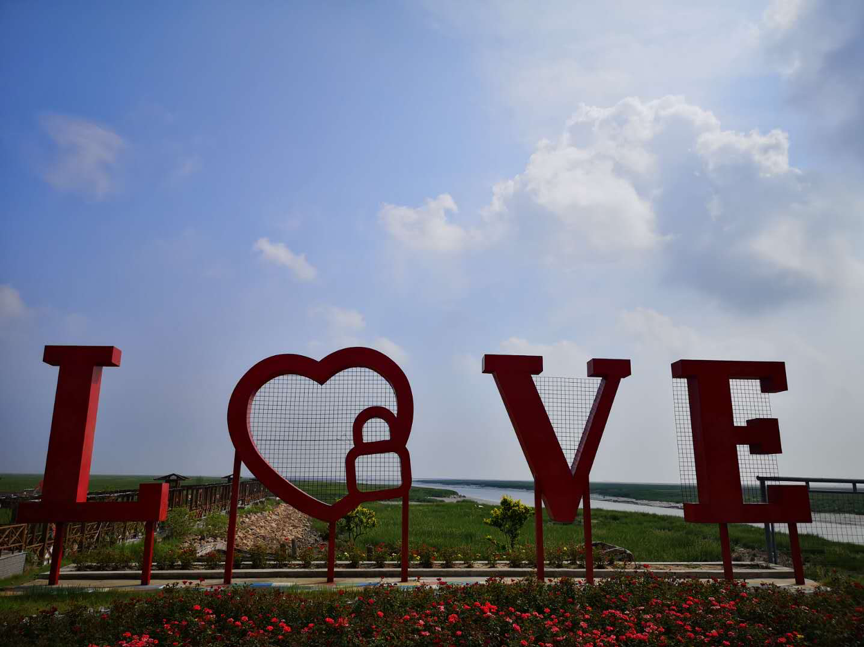Yuanni Wang – Hohai University
Loretta Lou – University of Macau, LSE
From the clothes we wear to the medicines we take; chemicals are essential to modern living. While chemical products have brought many conveniences to our daily lives, the chemical industry has also caused significant damage to the environment and human health. In China, the chemical industry is not only a pillar industry of the national economy, it also constitutes 40 percent of global chemical-industry revenue and contributes to half of the world’s chemical market.
Our research on petrochemical pollution in China over the past five years found that although local residents are highly aware of the harm brought by the industry, they are simultaneously overwhelmed by feelings of helplessness. The desires for economic development, coupled with the lack of a sense of entitlement to a clean environment, led people to think that there is nothing much that they could do.
While past research may have painted a pessimistic picture, there have been incidents when local residents successfully voiced their concerns with the assistance of the media and environmental organizations (ENGOs). In spite of this, many problems remain unsolved. This is partly because discussion about chemical industry parks (CIPs) rarely go beyond the issues of relocation and compensation. On the one hand, when given a satisfying compensation, local residents have little interest in asking the CIPs to improve their management and infrastructure. Indeed, it is not uncommon for petrochemical companies to use cash to appease protesters. On the other hand, when CIP managers are confronted with pressure from provincial or central governments, instead of dealing with the hard problems, they are more likely to take the easy way out by relocating their polluting enterprises to less developed areas in the Northwestern regions and thus transferring chemical pollution to poorer and more vulnerable areas.
Therefore, to get to the root-cause of the issues, we must look into the management of the chemical industry parks as well as the broader political ecology of China. In the summer of 2019, the first author Yuanni Wang collaborated with Green Stone, a Nanjing-based environmental NGO, to conduct a series of surveys with chemical industry parks in Jiangsu Province. In addition to documenting the challenges faced by CIP managers, Wang et al. paid special attention to chemical industry parks that have a great track record of environmental performance in order to understand what worked and what didn’t.
The surveys revealed that both complaints from fenceline communities and supervisions by the local government do have an impact on the chemical industry parks’ environmental performance. The impact may be direct or indirect. In any case, external factors play an important role in spurring the CIP managers on to think more deeply about how to reduce pollution and improve the overall environmental performance of their industry parks. But external factors need not be confined to complaints or penalties. Incentives, for example, could well have the same effect.
The most striking example of this is Yangkou Chemical Industry Park in the city of Nantong (thereafter Yangkou). Established in 2003, the main industrial chains of Yangkou CIP are medicine, pesticides, electronics, and other high-end chemicals. In 2005, an abundance of geothermal resources was discovered near Yangkou Chemical Industry Park (see Image 1). As it turned out, the content of fluoride ion and metasilicic acid in the groundwater is high enough to be classified as mineral water, and the concentration of metaboric acid is said to contain curative properties. The discovery created new economic opportunities for the township and the local government was excited to turn Nantong into a hot spring destination. The irony is, the chemical industry is widely associated with ‘toxicity’ and ‘pollution’ while hot spring resorts are often marketized as ‘healthy’ and ‘ecological’. This has posed a huge challenge but also new opportunities for both the local government and Yangkou Chemical Industry Park.

To prepare for the incoming hot spring resorts, the management of Yangkou Chemical Industry Park made a number of changes. First, they raised the admission threshold for prospective enterprises. Since the criteria for the entry into a CIP usually determines the environmental and safety status of the park, the more stringent the admission threshold, the cleaner and safer the CIP. As one of the park managers told us, ‘if an enterprise’s safety and environmental standards do not meet ours, we simply won’t let them in.’ In the same vein, large companies were encouraged to merge with the smaller ones to improve the safety and environmental standards of the latter and enhance the overall performance of the industry park.
The second strategy was to minimise emissions. Since the chemical industry generates large quantities of pollutants during the manufacturing process, it is crucial for the chemical industry park to have an effective system in place for waste disposal and waste treatment. At Yangkou Chemical Industry Park, a specialised centre was created to ‘detox’ and recycle hazardous waste.

Third, prior to the development of hot springs tourism, the most frequent complaint about Yangkou Chemical Industry Park was the obnoxious odor. It was either a result of compliance failure or a reflection of the current standards’ failure in capturing air pollution’s effects on people’s senses. In view of this, the management committee of Yangkou Chemical Industry Park invented min biao, literally the ‘public standard’, to assess the severity of odors from the chemical plants. To do so, members of the management committee were given the task to record their firsthand experience of the odors. They would then compare their sensory accounts with those who lived near the chemical industry park through a neighborhood survey, from which a more subjective reference value would be established based on the perceptions of people in the fenceline communities, as well as the measured value of the instrument and the national standard. The resulting reference values are then used within the CIP to monitor the chemical enterprises’ emissions.
Fourth, to ensure that all staff members are well-qualified for their jobs, senior managers were required to undergo a series of training and examination. Each year, Yangkou Chemical Industry Park commissions a professional company to train and assess the vice presidents of the chemical companies in the industry park. During the training period, no leaves would be allowed. At the end of the training, the vice presidents have to take a closed-book exam. The examinees must score 80% or more to pass the test and only one make-up exam is allowed. If the examinee fails to pass the second exam, the management committee of the industry park will recommend the company to replace the vice president.
Finally, old enterprises that could no longer meet the safety and environmental requirements of Yangkou Chemical Industry Park were weeded out to make room for new investors. In some cases, Yangkou would help these ‘retired’ enterprises to relocate to other regions. While the move was seen as ‘strategic’ from the companies’ perspectives, it was in effect offloading pollution to poorer provinces or townships in other parts of China.

Without these measures, it would have been impossible for Xiaoyangkou Hot Spring Resort to be approved as a provincial-level resort. Since 2012, the Resort has won a number of titles, including China’s best cultural and ecological tourism destination and China’s top ten low-carbon cities. In the future, Nantong aims to become not only the best hot spring destination in China, but also a destination for industrial tourism—an emerging trend of tourism in China today. While it remains to be seen if the coexistence of two fundamentally different industries will stand the test of time, the introduction of tourism in Nantong has forced the chemical industry to take environmental protection more seriously. Despite the lingering threat, the case of Yangkou shows that change can happen. We just need to find out what it takes.
Cover image: Joel Abroad, Hot spring resort and golf course, Sanxiang, Zhongshan City, Guangdong.
